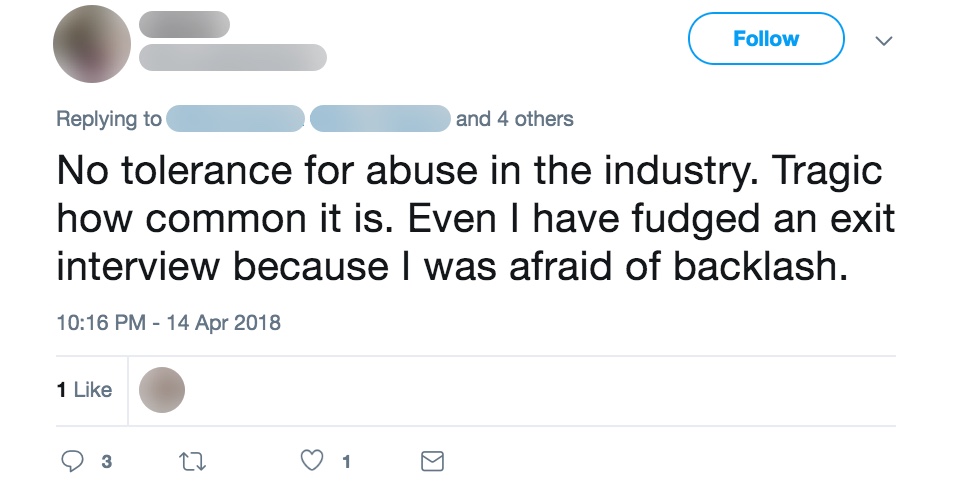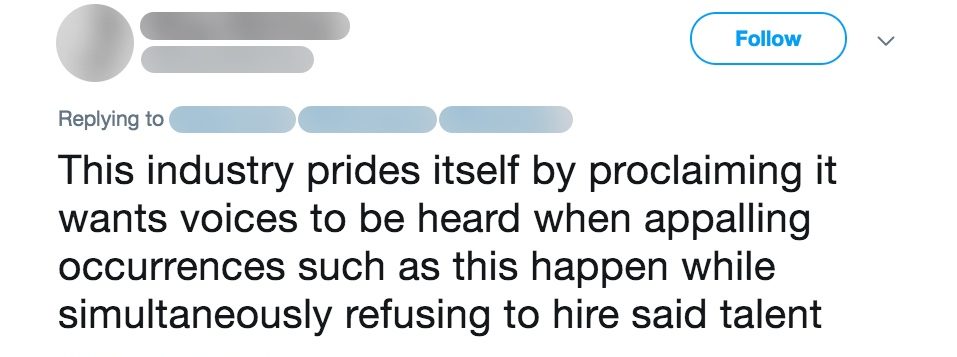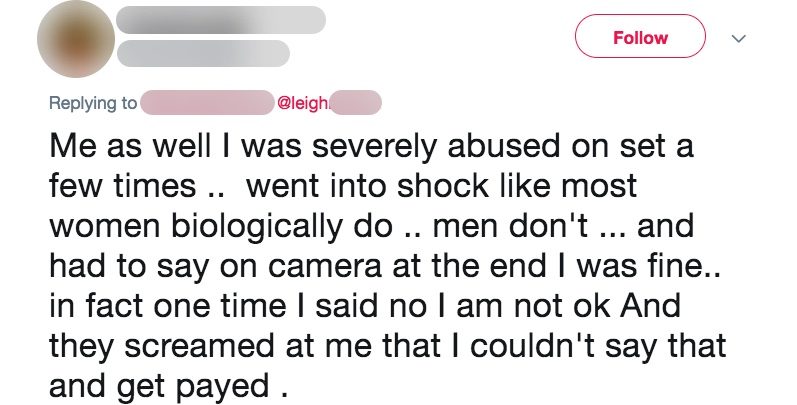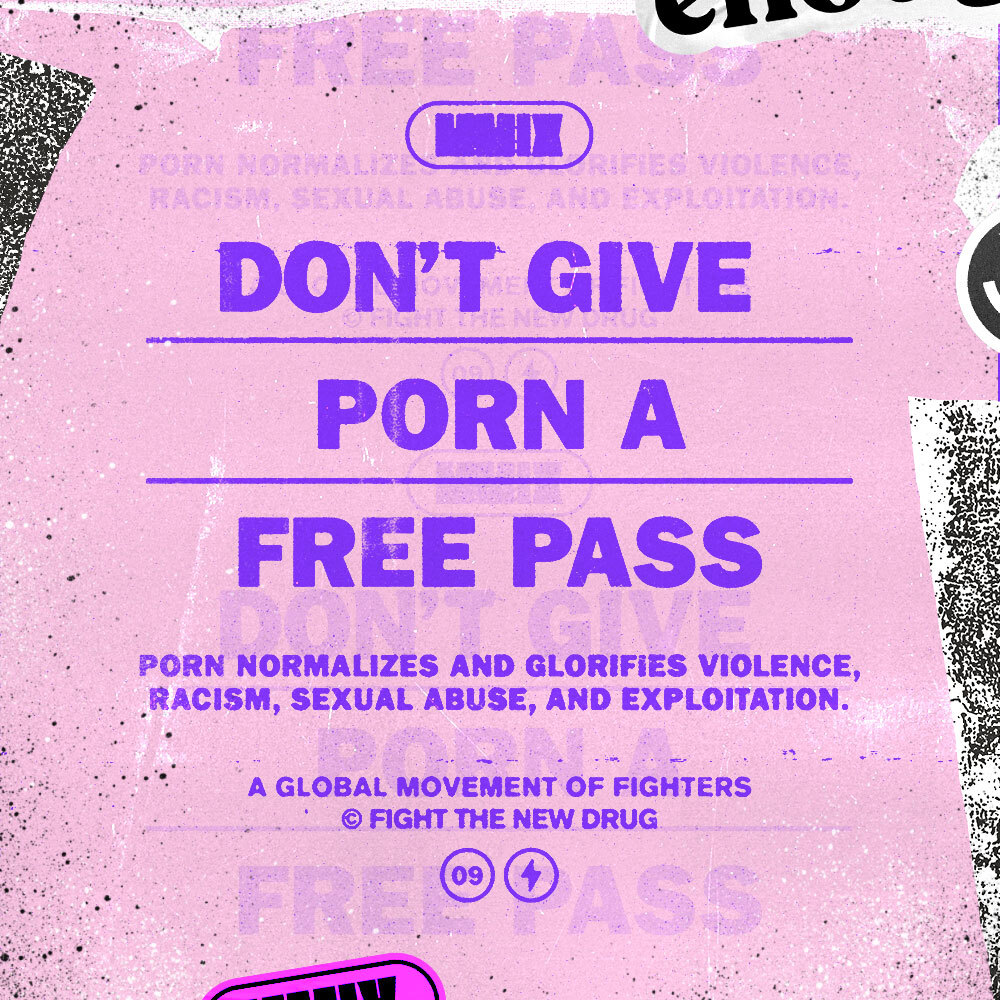Part of our society is filled with people who understandably don’t see the big deal with watching pornography and don’t consider it to be an unhealthy habit at all.
In a world that’s so generally accepting of porn and the culture that accompanies it, how could someone have the opportunity to know otherwise?
The average porn consumer does not know about porn’s harms, or maybe they do know, and they don’t generally care about the research showing its proven harmful effects. In fact, from our Porns Harms Awareness survey, only 10% of the general population could pass a test on the harms of porn. Consumers might reason that porn is natural and that it’s a simple, free expression of sexuality. Other porn defenders say that porn can help spice up a relationship and that it’s a great thing for couples to watch together.
And then there are the porn producers and companies who will say just about anything to get you to watch their content.
They’ll tell you that porn is hot entertainment, merely fantasy, and that there’s zero harm in it. They’ll even go so far as one major porn website did when it vowed to help save the whales by donating for every 2,000 videos watched, trying to convince consumers that charity is a focus of theirs. And they’ll do this, all while hosting porn genres like “gangbang and “painal.”
Some of this may sound appealing, but is any of this based on facts and data?
The point is our general culture, and profit-focused porn companies try to make it seem like watching porn is a healthy habit, and that porn and real, deep love can comfortably coexist in the long run. They reason that since sex and love are natural human experiences, that must mean porn is healthy, too, right?
With all these differing perspectives, it is easy to get mixed up and fall into the trap of believing that a porn habit won’t hurt anyone or that watching only a certain type or amount of porn is no big deal.
We’re here to shed light on the existing research that shows how porn actually can harm the consumer, their relationships, and the world.
Spoiler alert: there is no such thing as a healthy “type” or dosage of pornography.
Not all porn is consensual
One of the most common arguments we hear in support of porn is that all parties participate consensually to create explicit content, and to advocate against it is to advocate against performers’ sexual freedom and individual choice of what to do with their bodies.
But what if they didn’t? How, exactly, can we know for sure that anyone in any porn content gave their consent? Defenders of pornography make this argument all the time that no matter how someone is treated in porn, it’s okay because they gave their consentWhisnant, R. (2016). Pornography, Humiliation, And Consent. Sexualization, Media, & Society, 2(3), 1-7. Doi:10.1177/2374623816662876; Dines, G., (2010). Pornland: How Porn Has Hijacked Our Sexuality. Boston, MA: Beacon Press; Dworkin, A., (1980). Pornography: Men Possessing Women. New York, NY: Penguin Books.Copy But what if they didn’t? What if they didn’t want to be painfully dominated, humiliated, and sexually used for the world to see? The truth is, there’s often much more going on than what you see on the screen.
That is, perhaps, the porn industry’s biggest, darkest secret: it’s not all consensual.
The truth is that sex trafficking is officially defined as a “modern-day form of slavery in which a commercial sex act is induced by force, fraud, or coercion, or in which the person induced to perform such an act is under the age of 18 years” Trafficking Victims Protection Act (TVPA) Of 2000. Pub. L. No. 106-386, Section 103 (8) (A).Copy . That means any instance where the individual on-screen was forced, tricked, or pressured. By that definition, human trafficking is everywhere. Peters, R. W., Lederer, L. J., And Kelly, S. (2012). The Slave And The Porn Star: Sexual Trafficking And Pornography. In M. Mattar & J. Braunmiller (Eds.) Journal Of Human Rights And Civil Society 5: 1-21. Retrieved From Http://Www.Protectionproject.Org/Wp-Content/Uploads/2012/11/TPP-J-HR-Civ-Socy_Vol-5_2012-W-Cover.Pdf; Malarek, V. (2009). The Johns: Sex For Sale And The Men Who Buy It. (Pp. 202-204) New York, NY: Arcade; Farley, M. (2007). Renting An Organ For Ten Minutes: What Tricks Tell Us About Prostitution, Pornography, And Trafficking. In D. E. Guinn & J. DiCaro (Eds.) Pornography: Driving The Demand In International Sex Trafficking, (P. 145). BLoomington, IN: Xlibris. D. M. Hughes. (2000). “Welcome To The Rape Camp”: Sexual Exploitation And The Internet In Cambodia. Journal Of Sexual Aggression, 6(1-2), 29-51. Doi:10.1080/13552600008413308Copy (See How Porn Fuels Sex Trafficking.)
In porn, the question of consent can be tricky (and the growing phenomenon of amateur porn makes it even trickier). For example, if one of the participants doesn’t know there’s a camera running, then the porn is not consensual, even if the sex is. Right? What if someone consented to be filmed but did not want the film shown to anyone else? What if someone manipulated their partner into being filmed by threatening to blackmail them if they didn’t cooperate? Or what if a person agreed to have sex, but in the middle, their partner suddenly started doing something that the person who initially gave consent didn’t expect? What if a performer initially agreed to do a scene but the script suddenly changed, and it violated what they felt comfortable with, but they were threatened to leave without pay?
Did he or she still give consent?
The point is, when you consume porn, there’s no way to know what kind of “consent” the actors have given. You can’t assume that someone appearing in a porn video knew exactly what would happen or had a real choice to stop safely
Consider how a couple of well-known, popular porn performers came forward not long ago and talked about the brutal on-set abuse they suffered through from an up-and-coming production company. Both of these performers signed contracts, and both of them made “consent videos”—videos where porn producers ask if they were raped or abused after a scene is finished being filmed, and if they say yes, they legally can’t use the footage from the shoot—and said they weren’t abused.
And yet, days after a shoot with an abusive production company, they stepped forward and made a video that detailed the nonconsensual abuse that happened during filming, even though there are images of them smiling on set during that day with the production company.
But what about those consent videos? Well, they weren’t truthful. Too much was at stake—they wouldn’t be paid if the shoot had to be scrapped because they admitted abuse, or they’d be blacklisted from being hired by companies if they “caused a scene”—and they were in shock and in the presence of their abuser.
“I just don’t want any of this to happen to any other girl,” one of the performers says in the (now deleted) confessional video. She continues, “We are performers, and we are human, and we agree to things when we are terrified.”
Their honesty has caused other performers to come forward and admit that they’ve lied in consent videos, too, to help back up these performers who courageously stepped forward and named their alleged abusers.



So, how can consumers ever know if something is truly consensual if not even consent videos can be fully reliable?
The short answer: they can’t know.
We’re not claiming that all porn is nonconsensual. We’re just pointing out that some of it is and some of it isn’t, and when you watch it, there’s no way to know which is which.
So, would you buy from a company if you knew that some, but not all, of their products were made with child labor? Would you support a store that abused some, but not all, of its employees?
How can it be ethical to say that “porn is okay because participants give their consent” when we know for a fact that some—probably much more than the average porn consumer thinks—do not?
Even aside from the abuse of porn performers, reports show that people have uploaded perhaps millions of nonconsensual videos to popular porn platforms like Pornhub. Click here to learn more about their parent company, MindGeek, which has been under investigation and is part of multiple lawsuits. Pornhub has victimized countless people through hosting and making money off of other people’s filmed abuse.
This is why saying “a little porn is totally healthy” can be like saying a little sexual exploitation is totally healthy. The truth is clear: one person trafficked or exploited is one too many. There’s no true way for consumers to tell. They can’t know who is in unacceptable circumstances, or whether they’re contributing to that exploitation through their views and clicks.
Porn can harm intimate connections
Aside from harm to performers, there’s real harm to consumers, too, with any amount of porn.
Consider how porn is created with entertainment in mind, not education. It isn’t produced to accurately or safely portray healthy sexuality, either. But all of these powerful images are clearly affecting consumers.
The long-term studies paint a very different picture than what you might be hearing from pro-porn advocates. The preponderance of evidence from a dozen or more in-depth, longer-term studies consistently shows porn consumption lowers relationship satisfaction, emotional closeness, and sexual satisfaction Wilson, G. (2013). Studies Linking Porn Use Or Porn/Sex Addiction To Sexual Dysfunctions, Lower Arousal, And Lower Sexual & Relationship Satisfaction; Retrieved From https://www.yourbrainonporn.com/studies-reported-relationships-between-porn-use-or-porn-addictionsex-addiction-and-sexualCopy
Study after study has shown that, contrary to popular belief, porn itself is bad news for long-term relationships. Not an unsupportive and porn-disapproving partner, but the porn itself. The majority of research reflects this: porn negatively affects satisfaction within the relationship. Ultimately, it can cause a person to withdraw from a loved one.
What about those people who say it’s healthy to consume porn with a partner to “spice things up”? Studies show that what really happens is that the consumer ends up trying to imitate what they’ve seen in porn and comparing their partner to it. Additionally, those who consume porn are more likely to engage in risky or unsafe sexual behaviors and are more tolerant of sexual abuse. Strangulation rates are continually rising, and that’s thanks in part to porn for setting individuals’ sexual stage.
On the surface, porn might seem to provide an immediate spark for excitement and novelty…at least at first. That is exactly what studies presumably showing the “positive effects of porn” on relationships are measuring—initial, surface, self-reported “positives” for relationships.
But what happens to the romance of couples who consume porn long-term? The long-term studies paint a very different picture. The preponderance of evidence from a dozen or more in-depth, longer-term studies consistently shows this. Porn consumption lowers relationship satisfaction, emotional closeness, and sexual satisfaction.
That doesn’t sound especially healthy, does it?
Why this matters
Those who think porn is a harmless and natural expression of sexuality can often stereotype those who think differently as radical, “crazy” people. That’s not who we are. We’re here to shine a light on the harmful effects of porn outside of any religious reasoning, political opinions, or anything else that is commonly associated with conversations about porn.
This is about science, research, and real experiences from people all over the world—and that’s it.
The bottom line is clear. No matter what the pro porn people try to tell society, this content isn’t natural. It isn’t healthy, and it certainly isn’t helpful for consumers or loving relationships. Just look at the facts.

Your Support Matters Now More Than Ever
Most kids today are exposed to porn by the age of 12. By the time they’re teenagers, 75% of boys and 70% of girls have already viewed itRobb, M.B., & Mann, S. (2023). Teens and pornography. San Francisco, CA: Common Sense.Copy —often before they’ve had a single healthy conversation about it.
Even more concerning: over half of boys and nearly 40% of girls believe porn is a realistic depiction of sexMartellozzo, E., Monaghan, A., Adler, J. R., Davidson, J., Leyva, R., & Horvath, M. A. H. (2016). “I wasn’t sure it was normal to watch it”: A quantitative and qualitative examination of the impact of online pornography on the values, attitudes, beliefs and behaviours of children and young people. Middlesex University, NSPCC, & Office of the Children’s Commissioner.Copy . And among teens who have seen porn, more than 79% of teens use it to learn how to have sexRobb, M.B., & Mann, S. (2023). Teens and pornography. San Francisco, CA: Common Sense.Copy . That means millions of young people are getting sex ed from violent, degrading content, which becomes their baseline understanding of intimacy. Out of the most popular porn, 33%-88% of videos contain physical aggression and nonconsensual violence-related themesFritz, N., Malic, V., Paul, B., & Zhou, Y. (2020). A descriptive analysis of the types, targets, and relative frequency of aggression in mainstream pornography. Archives of Sexual Behavior, 49(8), 3041-3053. doi:10.1007/s10508-020-01773-0Copy Bridges et al., 2010, “Aggression and Sexual Behavior in Best-Selling Pornography Videos: A Content Analysis,” Violence Against Women.Copy .
From increasing rates of loneliness, depression, and self-doubt, to distorted views of sex, reduced relationship satisfaction, and riskier sexual behavior among teens, porn is impacting individuals, relationships, and society worldwideFight the New Drug. (2024, May). Get the Facts (Series of web articles). Fight the New Drug.Copy .
This is why Fight the New Drug exists—but we can’t do it without you.
Your donation directly fuels the creation of new educational resources, including our awareness-raising videos, podcasts, research-driven articles, engaging school presentations, and digital tools that reach youth where they are: online and in school. It equips individuals, parents, educators, and youth with trustworthy resources to start the conversation.
Will you join us? We’re grateful for whatever you can give—but a recurring donation makes the biggest difference. Every dollar directly supports our vital work, and every individual we reach decreases sexual exploitation. Let’s fight for real love:



